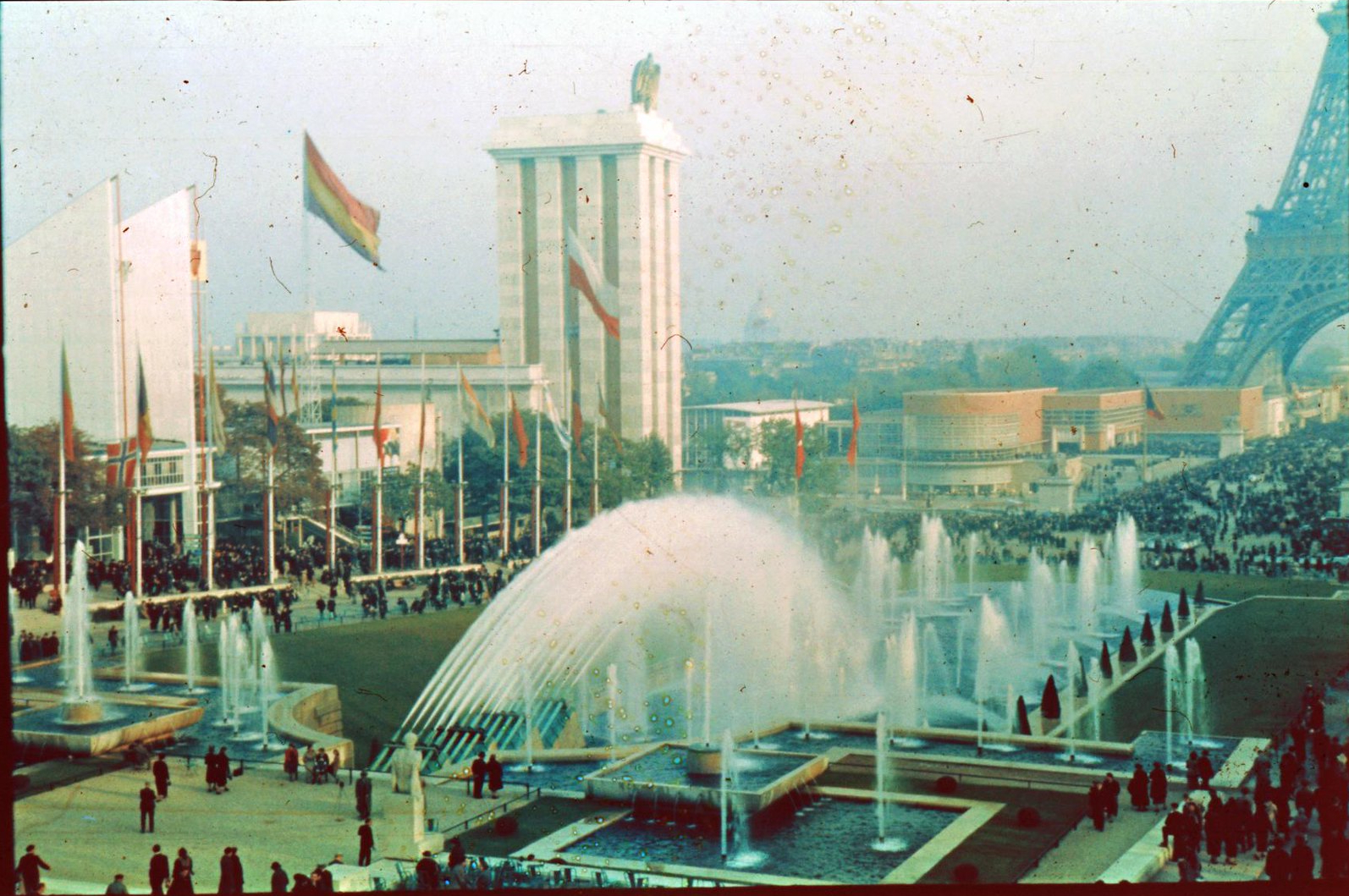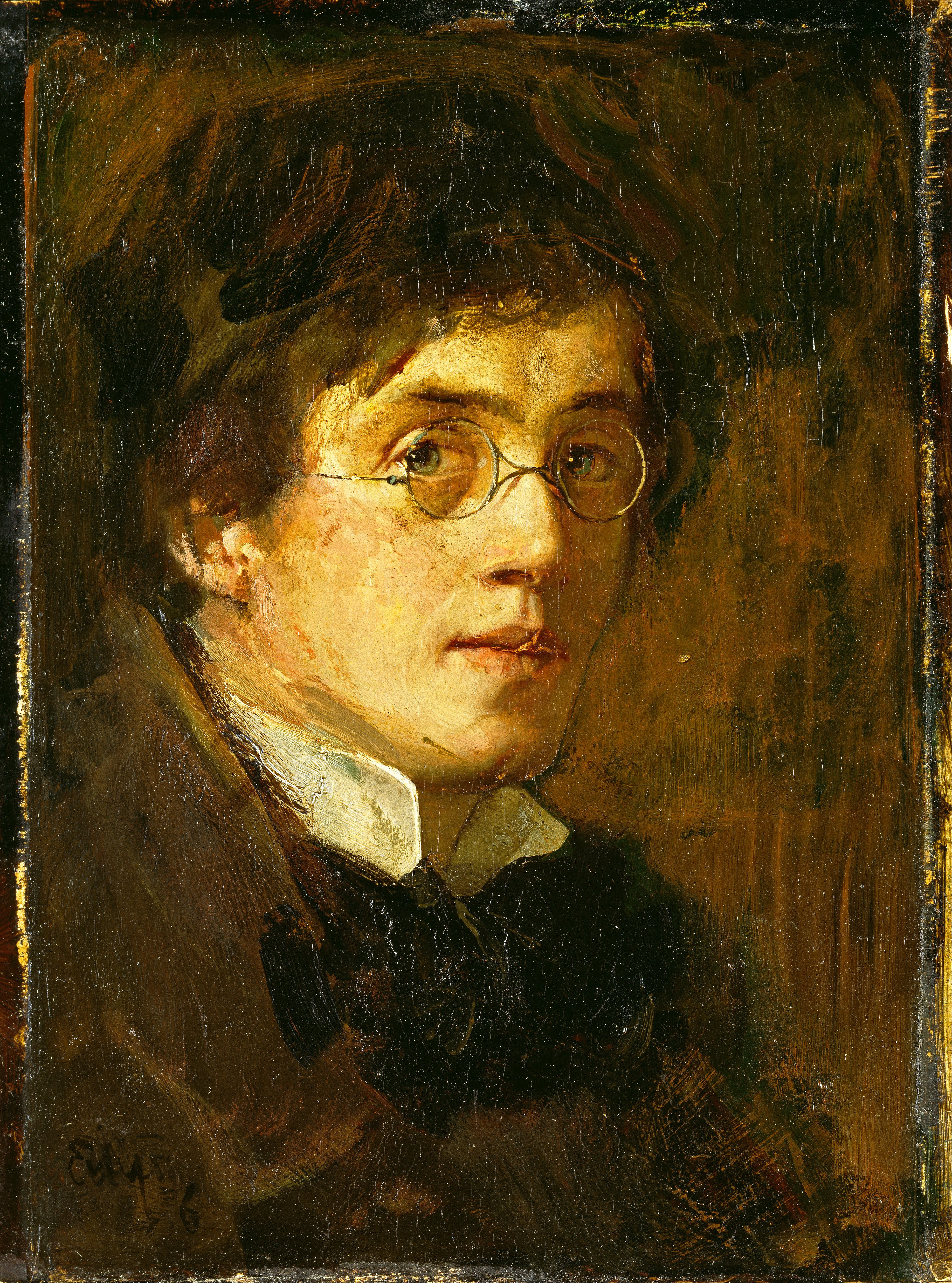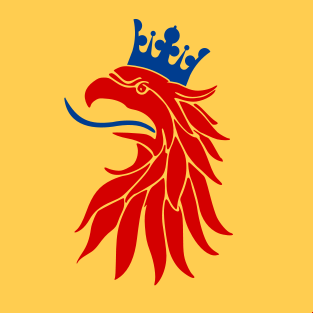|
Royal Standard Of Norway
The Royal Standard of Norway ( no, Kongeflagget) is used by the King of Norway. Of historical origin, it was introduced by Cabinet Decision of 15 November 1905, following the plebiscite confirming the election of Prince Carl of Denmark to the vacant throne after the dissolution of the union between Sweden and Norway. Under his chosen name of Haakon VII, the new king arrived in the capital Kristiania on 25 November 1905 on a ship flying the royal standard for the first time. The flag of the King is also used by the Queen. Background and history The flag was referred to as the "ancient royal standard" of Norway when it was re-introduced in 1905. It is the earliest known flag of Norway, originally only a flag for the king, as it is today. During the early period of the union with Denmark, it was occasionally flown from castles and naval vessels until it was gradually phased out during the 17th and 18th centuries. Its earliest certain depiction is on the seal of Duchess Ingebj ... [...More Info...] [...Related Items...] OR: [Wikipedia] [Google] [Baidu] |
Union Mark Of Norway And Sweden
The union mark of Norway and Sweden ( sv, unionsmärket or , no, unionsmerket) was a symbol of the Union between Sweden and Norway. It was inserted into the canton of the Swedish and Norwegian national flags from 1844 to denote the partnership of the two countries in a personal union. The mark combined the flag colours of both kingdoms, equally distributed, to reflect their equal status within the union. The stand-alone design of the mark was used for the diplomatic flag and the naval jack of the union. The union mark remained part of the flags of both countries until it was removed from the merchant and state flags of Norway in 1899 because of increasing Norwegian dissatisfaction with the union. It remained on the naval ensign of Norway and all Swedish flags until the dissolution of the union between Norway and Sweden in 1905. Background The Union of Sweden and Norway came about as a result of the Napoleonic Wars, when the king of Denmark–Norway, on the losing side, wa ... [...More Info...] [...Related Items...] OR: [Wikipedia] [Google] [Baidu] |
Standards (flags)
Standard may refer to: Symbols * Colours, standards and guidons, kinds of military signs * Standard (emblem), a type of a large symbol or emblem used for identification Norms, conventions or requirements * Standard (metrology), an object that bears a defined relationship to a unit of measure used for calibration of measuring devices * Standard (timber unit), an obsolete measure of timber used in trade * Breed standard (also called bench standard), in animal fancy and animal husbandry * BioCompute Standard, a standard for next generation sequencing * ''De facto'' standard, product or system with market dominance * Gold standard, a monetary system based on gold; also used metaphorically for the best of several options, against which the others are measured * Internet Standard, a specification ratified as an open standard by the Internet Engineering Task Force * Learning standards, standards applied to education content * Standard displacement, a naval term describing the weig ... [...More Info...] [...Related Items...] OR: [Wikipedia] [Google] [Baidu] |
Line Of Succession To The Norwegian Throne
The line of succession to the Norwegian throne consists of people entitled to become head of state of Norway. The succession is currently governed by Article 6 of the Constitution, altered most recently in 1990 to introduce absolute primogeniture among the grandchildren and further eligible descendants of King Harald V. The King's children are still ranked according to male-preference cognatic primogeniture, which was the norm between 1971 and 1990; Crown Prince Haakon and his eligible descendants thus take precedence over his older sister, Princess Märtha Louise, and her eligible descendants. Only legitimate descendants of the reigning monarch and the reigning monarch's siblings and their legitimate descendants can be in line to the throne. However, the King's elder sister, Princess Astrid and her descendants, along with descendants of the King's deceased eldest sister, Princess Ragnhild, are excluded from the line of succession due to the agnatic primogeniture which was the ... [...More Info...] [...Related Items...] OR: [Wikipedia] [Google] [Baidu] |
Flag Of Norway
The national flag of Norway ( nb, Norges flagg; nn, Noregs flagg; ) is red with a navy blue Scandinavian cross fimbriated in white that extends to the edges of the flag; the vertical part of the cross is shifted to the hoist side in the style of the ''Dannebrog'', the flag of Denmark. History It is difficult to establish what the earliest flag of Norway looked like. During ancient times countries did not fly flags. Kings and other rulers flew flags, especially in battle. Saint Olav used a serpent within a white mark at the Battle of Nesjar. Prior to this the raven or dragon was used. Magnus the Good used the same mark as Saint Olav. Harald Hardrade used the raven banner. This flag was flown by various Viking chieftains and other Scandinavian rulers during the 9th, 10th, and 11th centuries AD. Inge used a red lion on gold. Sverre used an eagle in gold and red. The earliest known flag which could be described as a national flag of Norway is the one used today as the Roy ... [...More Info...] [...Related Items...] OR: [Wikipedia] [Google] [Baidu] |
Medieval
In the history of Europe, the Middle Ages or medieval period lasted approximately from the late 5th to the late 15th centuries, similar to the Post-classical, post-classical period of World history (field), global history. It began with the fall of the Western Roman Empire and transitioned into the Renaissance and the Age of Discovery. The Middle Ages is the middle period of the three traditional divisions of Western history: classical antiquity, the medieval period, and the modern history, modern period. The medieval period is itself subdivided into the Early Middle Ages, Early, High Middle Ages, High, and Late Middle Ages. Population decline, counterurbanisation, the collapse of centralized authority, invasions, and mass migrations of tribes, which had begun in late antiquity, continued into the Early Middle Ages. The large-scale movements of the Migration Period, including various Germanic peoples, formed new kingdoms in what remained of the Western Roman Empire. In the ... [...More Info...] [...Related Items...] OR: [Wikipedia] [Google] [Baidu] |
Eilif Peterssen
Hjalmar Eilif Emanuel Peterssen (4 September 1852 – 29 December 1928) was a Norwegian painter. He is most commonly associated with his landscapes and portraits. Biography Hjalmar Eilif Emanuel Peterssen was born in Christiania, now Oslo, Norway. He was the son of Jon Peterssen (1814–1880) and Anne Marie Andersen (1812–1887). He grew up in the neighborhood of Hegdehaugen in the district of Frogner. He attended the Norwegian National Academy of Craft and Art Industry (''Statens håndverks- og kunstindustriskole'') in Christiania from 1866–1870. He entered the Johan Fredrik Eckersberg School of Painting in 1869. He trained with Knud Bergslien and Morten Müller in the autumn of 1870. In 1871 he left Oslo to study at the Royal Danish Academy of Fine Arts in Copenhagen. Later that year he moved to Karlsruhe, where he was a student of Ludwig des Coudres at the Academy of Fine Arts, Karlsruhe and Wilhelm Riefstahl at Weimar Saxon-Grand Ducal Art School. In the fall of ... [...More Info...] [...Related Items...] OR: [Wikipedia] [Google] [Baidu] |
Blazon
In heraldry and heraldic vexillology, a blazon is a formal description of a coat of arms, flag or similar emblem, from which the reader can reconstruct the appropriate image. The verb ''to blazon'' means to create such a description. The visual depiction of a coat of arms or flag has traditionally had considerable latitude in design, but a verbal blazon specifies the essentially distinctive elements. A coat of arms or flag is therefore primarily defined not by a picture but rather by the wording of its blazon (though in modern usage flags are often additionally and more precisely defined using geometrical specifications). ''Blazon'' is also the specialized language in which a blazon is written, and, as a verb, the act of writing such a description. ''Blazonry'' is the art, craft or practice of creating a blazon. The language employed in ''blazonry'' has its own vocabulary, grammar and syntax, which becomes essential for comprehension when blazoning a complex coat of arms. Ot ... [...More Info...] [...Related Items...] OR: [Wikipedia] [Google] [Baidu] |
Heraldry
Heraldry is a discipline relating to the design, display and study of armorial bearings (known as armory), as well as related disciplines, such as vexillology, together with the study of ceremony, rank and pedigree. Armory, the best-known branch of heraldry, concerns the design and transmission of the heraldic achievement. The achievement, or armorial bearings usually includes a coat of arms on a shield, helmet and crest, together with any accompanying devices, such as supporters, badges, heraldic banners and mottoes. Although the use of various devices to signify individuals and groups goes back to antiquity, both the form and use of such devices varied widely, as the concept of regular, hereditary designs, constituting the distinguishing feature of heraldry, did not develop until the High Middle Ages. It is often claimed that the use of helmets with face guards during this period made it difficult to recognize one's commanders in the field when large armies gathered together ... [...More Info...] [...Related Items...] OR: [Wikipedia] [Google] [Baidu] |
Banner Of Arms
A banner of arms is a type of heraldic flag which has the same image as a coat of arms, ''i.e.'' the shield of a full achievement (heraldry), heraldic achievement, rendered in a square or rectangular shape of the flag. The term is derived from the terminology of heraldry but mostly used in vexillology. Examples of modern national flags which are banners of arms are the flags of Flag of Austria, Austria, Flag of Iraq, Iraq, and Flag of Switzerland, Switzerland. The banner of arms is sometimes simply called a banner, but a banner is in a more strict sense a one of a kind personal flag of a nobleman held in battle. Examples National flags Subdivision flags County flags City flags Organization flags References External links * {{Heraldry Types of flags ... [...More Info...] [...Related Items...] OR: [Wikipedia] [Google] [Baidu] |





